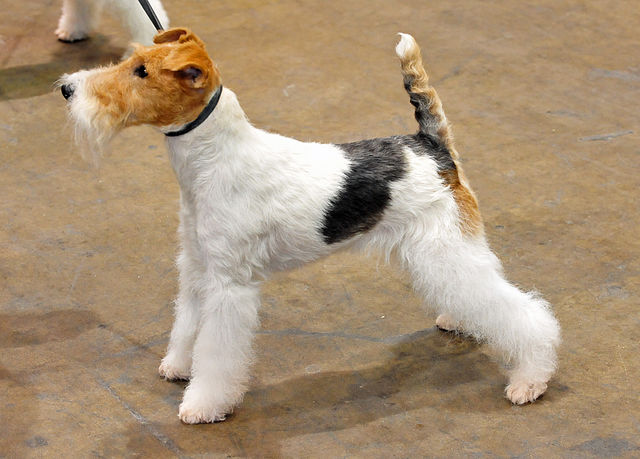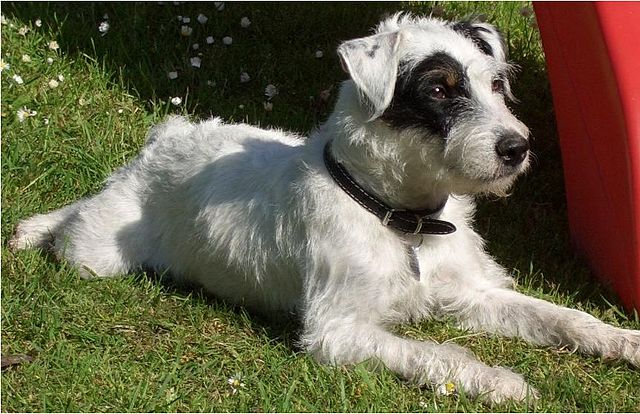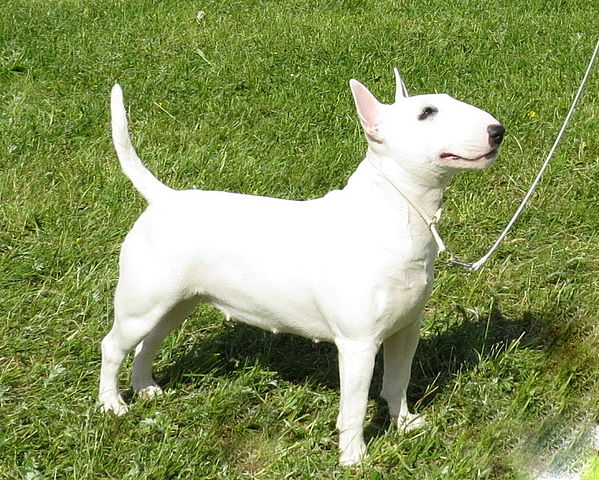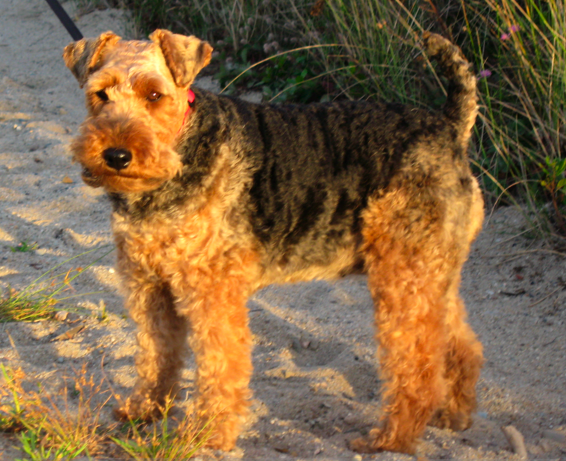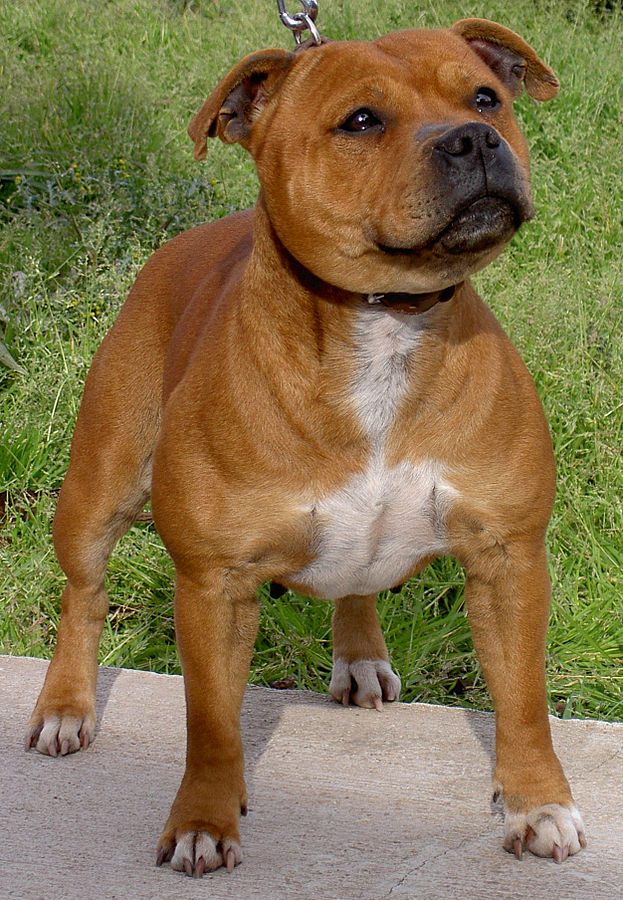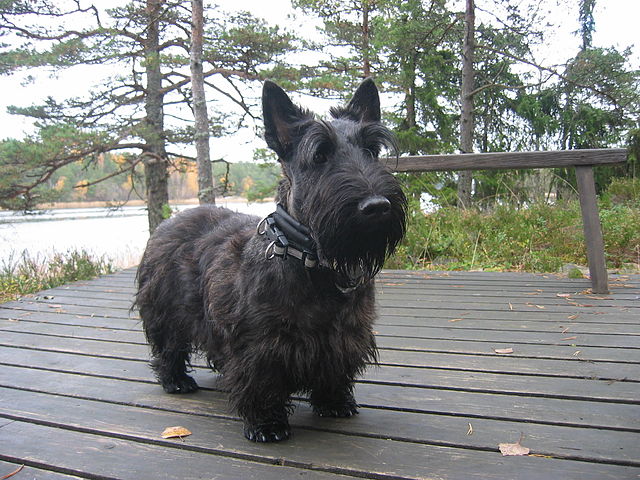The Kerry Blue Terrier, as his name might imply, has a very distinctive blue color to his coat. While Kerry puppies are black, as this terrier matures his coat will take on the characteristic blue shade that he is known for. Friendly and outgoing with people, he loves adults and children alike although he has a decidedly different view of other dogs. Like many of his terrier cousins, this breed does not prefer the company of other dogs and can be quick to fight, particularly if both are male. Many Kerrys also do not get along with cats or small animals. In both instances it is possible for them to live harmoniously with other pets (including other dogs) however it is necessary for them to be raised around them when they are puppies.
With children, he takes his role of guardian very seriously and will not hesitate to defend them if danger arises. In fact, the protective instinct of the Kerry is fairly high. He will also serve as a great watchdog, alerting his owners to people who come to the door. Once the owner gives the ok, however, the dog will most likely treat the stranger as a treasured guest. After all, this breed does love meeting new people – after he is certain his own family is safe.
The Kerry is an intelligent dog who needs a job to do in order to keep his mischievousness to a minimum. In his native country of Ireland, not only was he expected to “go to ground” (burrow into animal dens and hunt the inhabitants) he also had several other jobs. Kerrys would herd and protect livestock, retrieve birds, hunt large game and guard the home! This breed has also been used as assistant dogs for the disabled, in search and rescue operations, and even as police dogs! It’s no wonder that these “jack of all trades” need a job… they were bred to be hard-working multi-taskers.
The Kerry Blue Terrier also needs to receive obedience training from a young age, which should continue throughout his life. In a home without structure or rules he will quickly rule the household! For this reason, the Kerry should not be owned by novices. A Kerry owner must be very familiar with how to structure their dog’s home and life. Although intelligent and fast-learning, many Kerrys will only obey when they feel like it. Because they test their limits frequently, an owner must remain calm but persistent while training – being even more stubborn than the dog!
This medium-sized breed can fit into either a house or an apartment as long as his exercise requirements are met. Most can be housebroken easily which is an additional perk for apartment-dwellers worried about their cleaning deposits. As far as exercise requirements, the Kerry has a medium activity level and will need to be walked or jogged on a daily basis. By no means should someone buy a Kerry and expect it to be an outside-only dog, this breed is social and must be inside with the family. Besides, these terriers are diggers and can quickly create caverns in the backyard.
The coat of the Kerry is soft and non-shedding, as well as being hypoallergenic for many allergy sufferers. In addition, as long as the coat is taken care of he shouldn’t have a strong dog odor. This said, taking care of this high maintenance coat will take a lot of work. He will need to be brushed and groomed on a regular basis, include a monthly scissoring. As well as brushing the coat out several times a week, an owner must inspect it for burrs, twigs and other fragments – the curly coat will grab anything and everything.
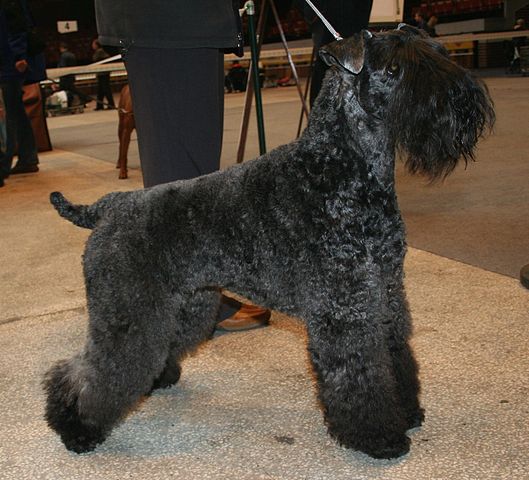
Photo By Pleple2000

